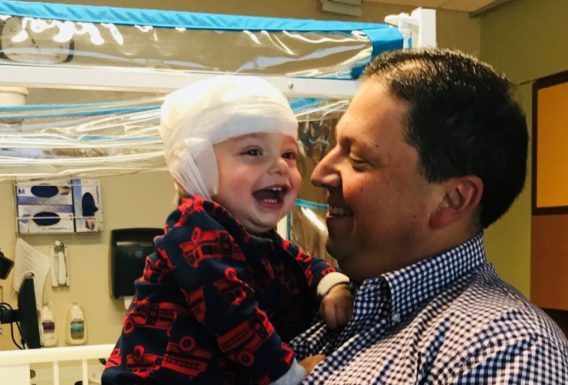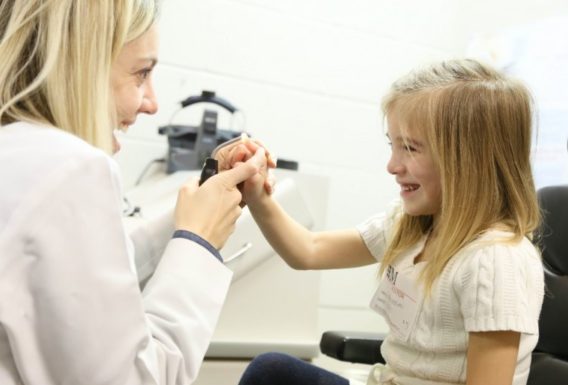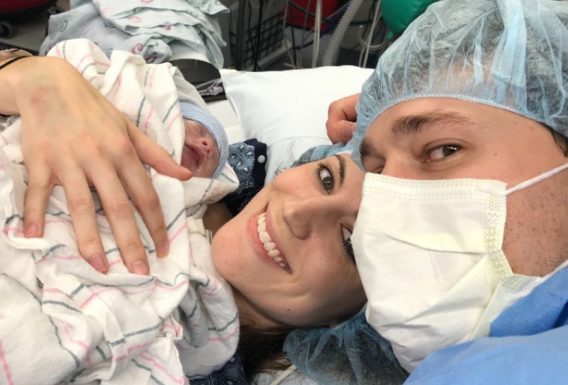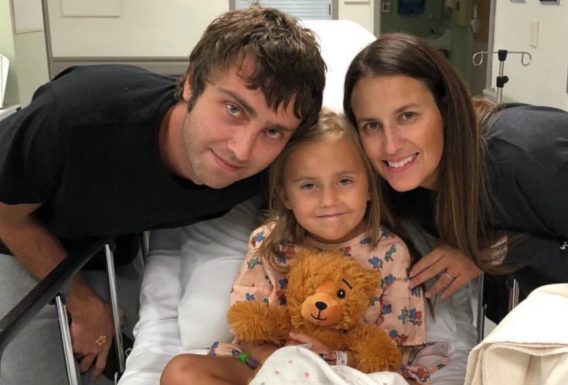From ER visits to long-term care, medical and healthcare expenses can wipe out savings accounts and leave behind debt that lasts for years. Medical crowdfunding is a powerful tool that can help people conquer medical bankruptcy and focus on healing.
Countless people have found that using GoFundMe for medical expenses can help pay for prescriptions and doctors visits—as well as procedures not typically covered by insurance, like IVF treatments or gender confirmation surgery. You can also do a fundraiser for a loved one to cover medical costs like chemotherapy, hospital bills, co-pays, home healthcare, medical research, and physical therapy equipment.
Below, we’ve gathered some of our best medical fundraising tips to help you raise more money.










